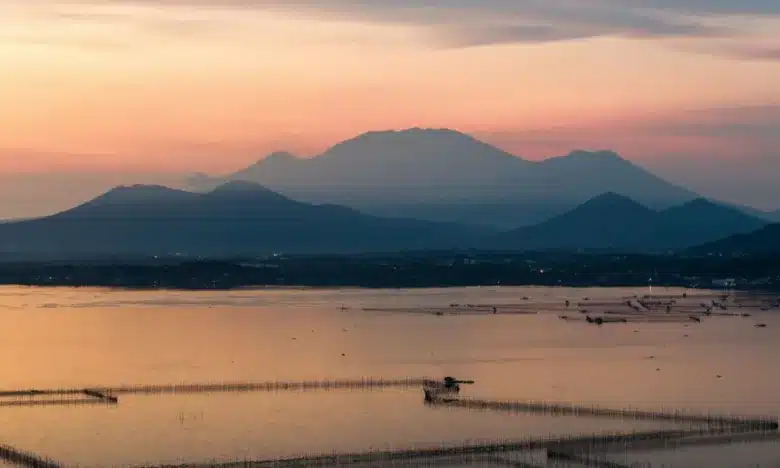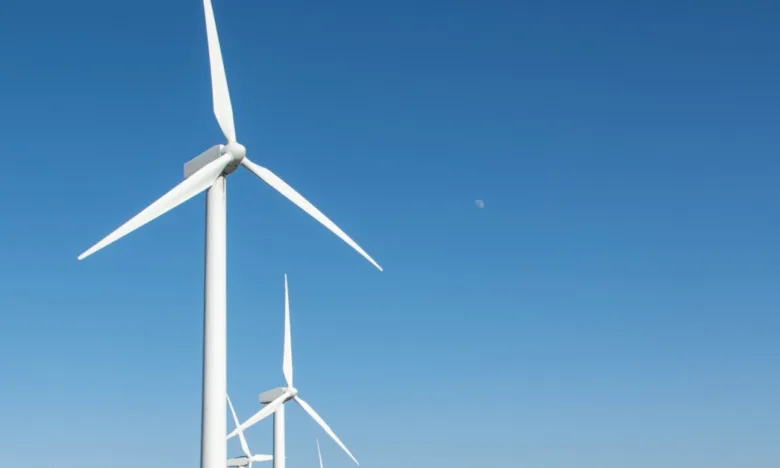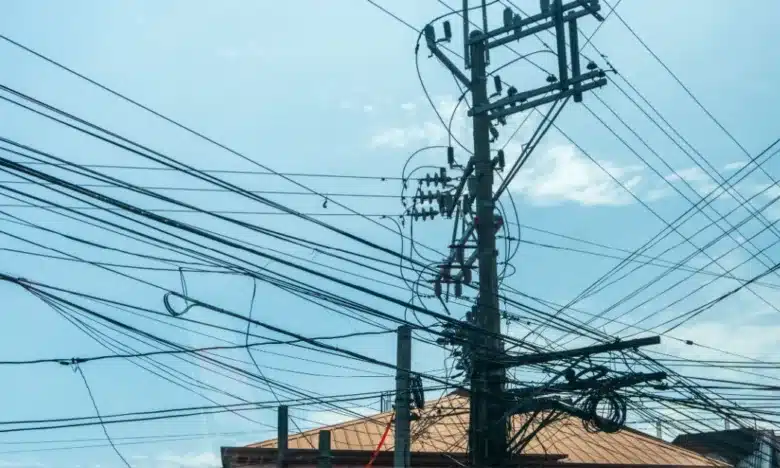
Non-Renewable Energy Is Still Relevant, AboitizPower Says
- September 12, 2024
Key Highlights:
- Amid the inclusion of renewable energy sources in our country, conventional energy sources are still relevant when it comes to powering a nation.
- AboitizPower points towards economies of scale in the construction of electric power plants.
- Construction of power plants must take into consideration long-term baseload needs as well as portfolio requirements.
- Power suppliers leverage planning and econonmies of scale to drive down costs, maximize value chains, and gain efficiencies.
- Stabilizing existing conventional sources of energy optimizes the country’s current capabilities while making the transition toward renewables.
- According to the Philippine Energy Plan 2023-2050, peak electricity demand will grow by 5.19% annually until 2050.
AboitizPower Thermal Group’s Chief Engineering and Projects Officer Don Paulino highlighted the relevance of conventional (non-renewable) energy at the American Chamber of Commerce (AMCHAN) Philippines’ 7th Annual Energy Forum on August 29, 2024.
Amid the inclusion of renewable energy sources in our country, Paulino said that non-renewable energy continues to be relevant, and power producers need to look at economies of scale in the contruction of power plants.
“I think the Philippines would really need to look at it in [terms of] ‘how much megawatts do I really need and what sort of portfolio do I need as I move along’ because, from a value chain perspective, there are economies of scale in building power plants,” Paulino said.
He explains how power producers leverage economies of scale and planning to drive down costs of constructing power plants, maximize supply chains, and gain efficiencies.
According to the Philippine Energy Plan 2023-2050, peak electricity demand is projected to grow by 5.19% annually until 2050, while nationwide electricity sales will increase by 5.49%.
Renewable energy is geared towards a larger share in the Philippines, thanks to the Department of Energy (DOE)’s strategic framework for achieving 2050 targets. It aims to increase the share of renewable energy to more than half of the power generation mix.
A focus on wind energy sees an increase in port infrastructures to support offshore project developments. Nuclear energy on the other hand, is aiming for a 1,200 megawatts capacity integration by 2032, with a stretch goal of 4,800 megawatts by 2050. Liquified natural gas has also recently re-emerged to the forefront of renewables, with some power suppliers looking into its potentials as support for power grid stability.
Paulino said that the Philippines needs to look at the energy situation hollistically. “We need to make sure that the current baseload that we have is running efficiently. It’s about optimizing the current capability so we have stable power whilst waiting for the newer technologies.”



